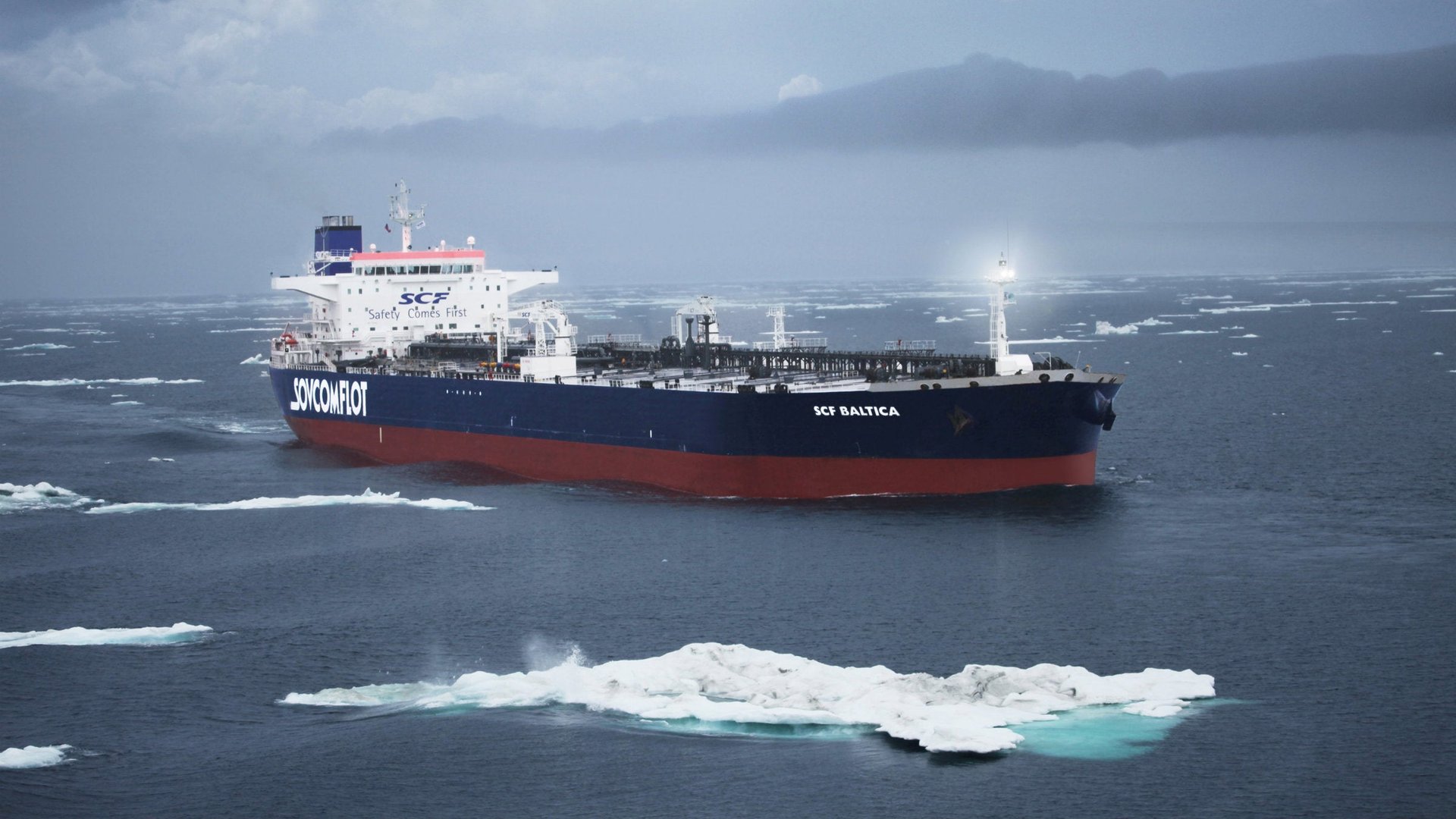Ice-breakers get competition in the Arctic shipping boom
Nobody wants to end up like the Titanic. But a boom in Arctic shipping, triggered by global warming, has made the fate of the luxury liner a real risk for hundreds of ships.


Nobody wants to end up like the Titanic. But a boom in Arctic shipping, triggered by global warming, has made the fate of the luxury liner a real risk for hundreds of ships.
The Northern Sea Route—a.k.a. the Northeast Passage—is a shipping lane from Europe to the Far East that runs around the north of Russia, cutting thousands of miles off a trip that would otherwise be made through the Suez Canal. Melting ice has made it more accessible, and since April this year, 266 ship voyages have received permission from Russia’s Northern Sea Route Administration to use the lane; in 2010, just four ships made the trip. But the main way to accomplish the trip safely has involved either bulking up with expensive iceberg protection, or hiring the service of Russian ice-breaking vessels.
Raytheon, the Massachusetts-based defense contractor, says it has developed a new, less cumbersome way to make the voyage. For three years, it has been developing radar-, sonar- and-satellite-fed software called RAMP. The software analyzes the various data feeds and, loaded into a ship’s navigation system, steers it around icebergs, finds otherwise little-known villages, and otherwise maps out a safe sea route.
Until now, Raytheon has been testing out RAMP with the US military. But the company is targeting the growing Arctic traffic, arguing that RAMP is a cheaper way to avoiding the Arctic’s hazards than hiring icebreakers. “What you need is better eyes to see in a very austere environment,” Raytheon’s Tim Raglin told Quartz.